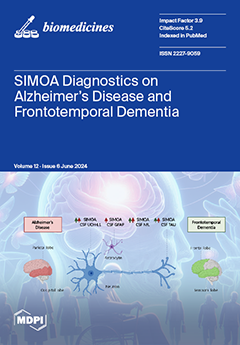Patients with peripheral artery disease (PAD) are at high risk of major adverse limb events (MALEs) and major adverse cardiovascular events (MACEs). CHA
2DS
2-VASc is a prognostic score for atrial fibrillation stroke risk; however, no study has evaluated its predictive ability for MALEs and MACEs in PAD patients who underwent percutaneous transluminal angioplasty. We conducted a retrospective cohort study on patients from Taiwan with PAD. The patients were stratified into four risk groups based on their modified CHA
2DS
2-VASc score. Cox proportional hazard models, 10-fold cross-validation, and receiver operating characteristic (ROC) analyses were utilized to evaluate the predictive ability of CHA
2DS
2-VASc for MALEs, MACEs, and MALEs + MACEs. Kaplan–Meier analysis estimated the survival probability of the risk groups. CHA
2DS
2-VASc was found to be a significant predictor of MACEs (hazard ratio (HR) 3.52 (95% confidence interval (95% CI) 1.00–12.12;
p = 0.048), HR 4.18 (95% CI 1.19–14.36;
p = 0.023), and HR 5.08 (95% CI 1.49–17.36;
p = 0.009), for moderate-, high-, and very high-risk groups, respectively), while for MALEs and MALEs + MACEs, significance was achieved only for the high-risk group using a univariate model. For the multivariate adjusted model, the score was found to be a significant predictor of MACEs for only the very high-risk group, with an HR of 4.67 (95% CI 1.03–21.09;
p = 0.045). The score demonstrated an AUC > 0.8, good discrimination (c-index > 0.8), and good calibration for predicting MACEs. However, it failed to achieve good performance for predicting MALEs and MALEs + MACEs. Based on all of the findings, CHA
2DS
2-VASc could potentially serve as a risk stratification score for predicting MACEs in patients with PAD, but it failed to qualify as a good predictor for MALEs.
Full article






